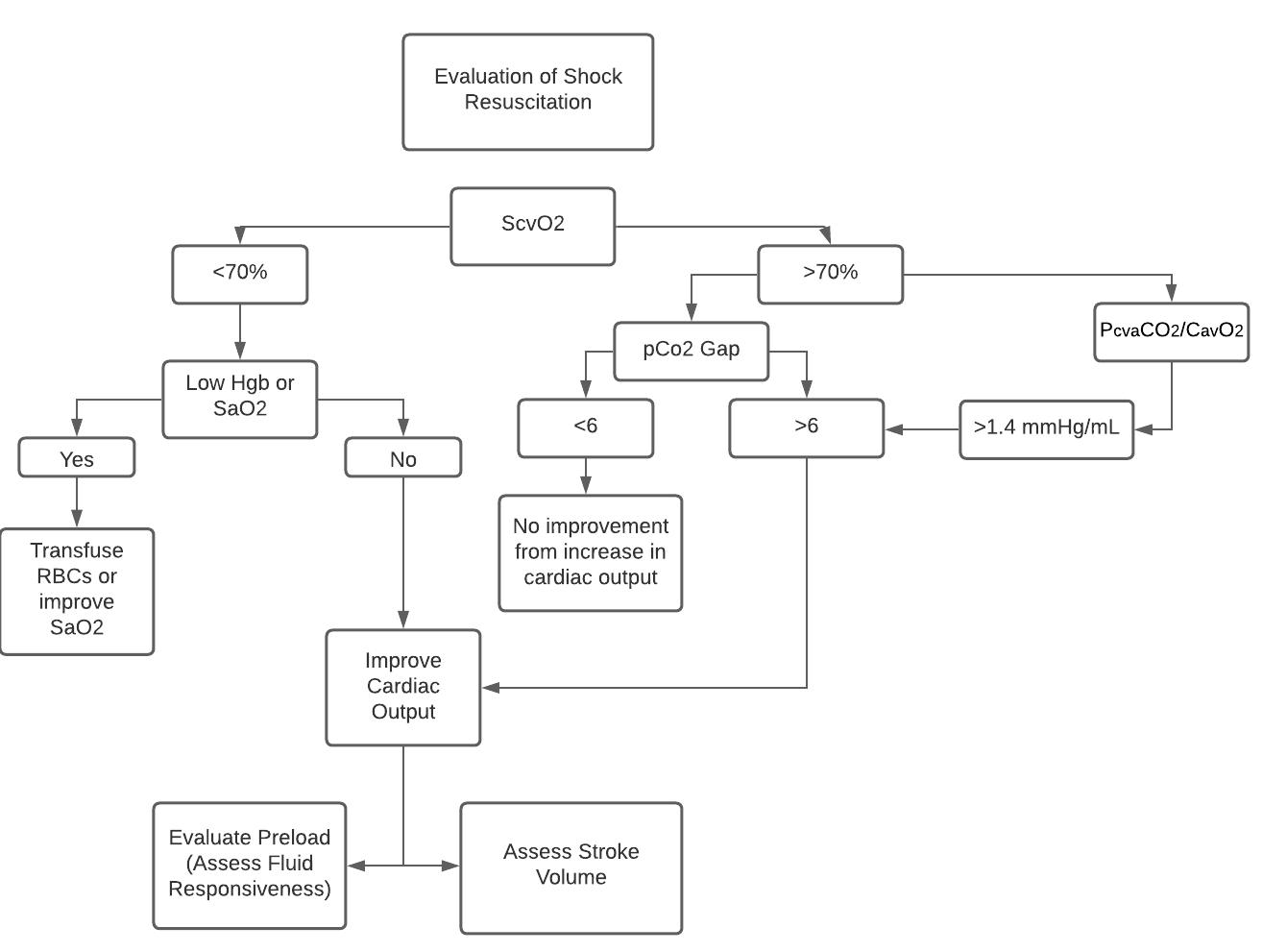COMMON SENSE VOICE OF THE AMERICAN ACADEMY OF EMERGENCY MEDICINE VOLUME 28, ISSUE 5 SEPTEMBER/OCTOBER 2021
Housing is Health Care: How the COVID-19 Pandemic Could Change the Way We Address Homelessness in the ED Page 26
President’s Message:
Perception is Everything
3
From the Editor’s Desk:
The Emergency Physician as Plaintiff
6
Legislators in the News:
8
An Interview with Representative Troy A. Carter, Sr
Academic Affairs:
17
Leadership Lessons for Emergency Physicians
AAEM/RSA President’s Message
Hello Everyone!
41



















